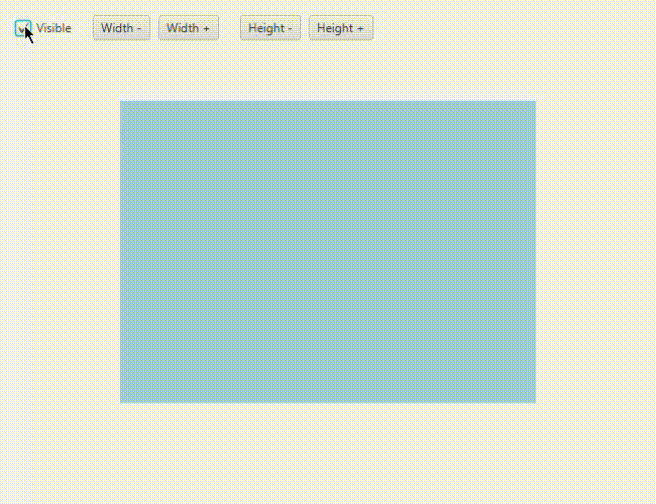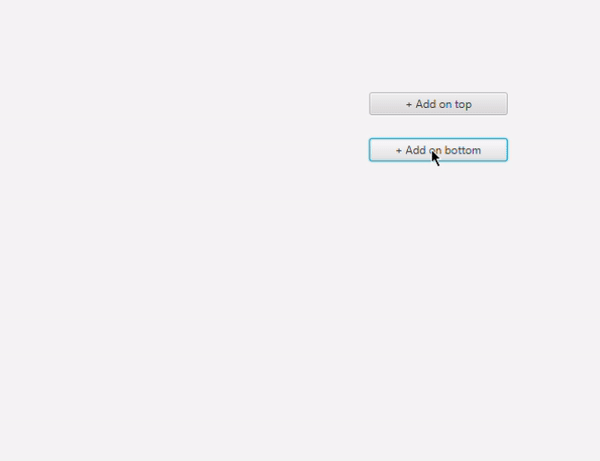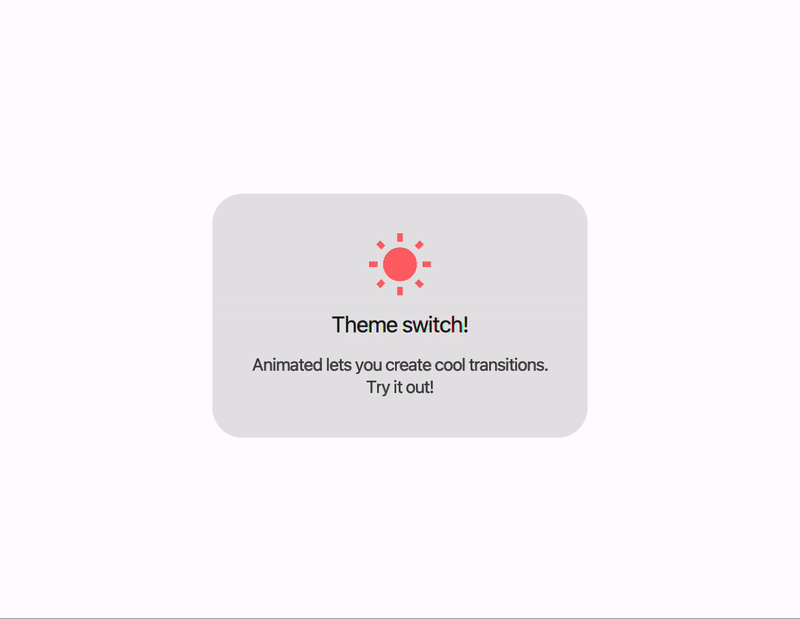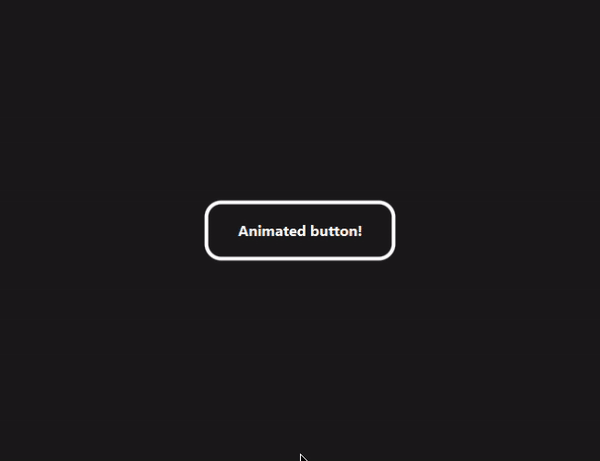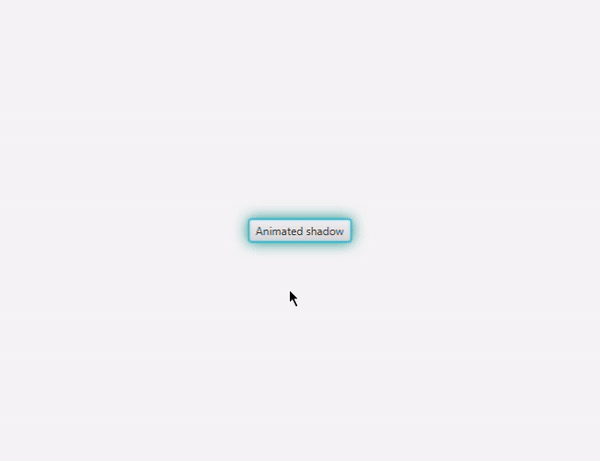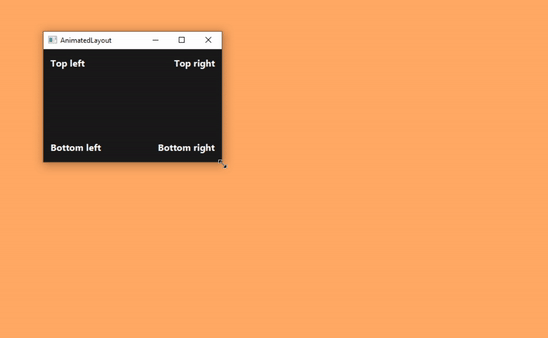animated introduces implicit animations, a completely new concept in JavaFX strongly inspired by Flutter's animations and motion widgets.
- Getting started
- Implicit animations
- Animated containers
- Animated switchers
- Animated theme switch
- Animated values
- Other examples
- FXML
- Kotlin extensions
Maven:
<dependency>
<groupId>eu.iamgio</groupId>
<artifactId>animated</artifactId>
<version>1.3.0</version>
</dependency>Gradle:
allprojects {
repositories {
mavenCentral()
}
}
dependencies {
implementation 'eu.iamgio:animated:1.3.0'
}Note: v1.0.0 brought several important changes, including a different project structure, that may cause compilation errors when upgrading from 0.x versions.
Please check the migration guide to see what changed and quickly learn how to fix those errors.
Forget about timelines, explicit animations and other stuff that pollutes your code. This animation system will provide versatility to your code and interface.
Animated animated = new Animated(child, AnimationProperty.of(child.opacityProperty()));
root.getChildren().add(animated);
// Later...
child.setOpacity(0.5); // Plays the transitionThis approach instantiates an Animated node that contains one child and is bound to a property.
Now that we have set an animated bound, we can see that child.setOpacity(someValue) creates a transition between the initial and final value.
A single Animated object can take multiple properties at once,
and they can also be added later by accessing Animated#getTargetProperties.
Pre-made animation properties represent a concise and efficient way to create animated bindings, rather than manually referencing to the raw JavaFX property as we previously did.
AnimatedBlurAnimatedColorAnimatedDropShadow.ColorAnimatedDropShadow.RadiusAnimatedLayoutAnimatedOpacityAnimatedPrefSizeAnimatedRotationAnimatedScaleAnimatedTranslatePosition
When these properties are instantiated via their zero-arguments constructor,
the target node references to the Animated's child.
// Before
new Animated(child,
AnimationProperty.of(child.prefWidthProperty()),
AnimationProperty.of(child.prefHeightProperty())
);
// After: better!
new Animated(child, new AnimatedPrefSize());Animated is a node that has to be added to the scene in order to work.
Here is a different approach that is independent from the scene:
AnimationProperty.of(node.opacityProperty()).register();
// or
new AnimatedOpacity(node).register();
// Later...
node.setOpacity(0.5); // Plays the transitionAnimations are not only visual: you can also animate other changes such as audio volume!
The default animation is linear and lasts 1 second.
It can be customized by calling withSettings(AnimationSettings settings) or custom(Function<AnimationSettings, AnimationSettings> settings),
both methods available on animated nodes and animation properties.
Examples:
Animated animated = new Animated(child, AnimationProperty.of(child.opacityProperty()));
.custom(settings -> settings.withDuration(Duration.seconds(.5)).withCurve(Curve.EASE_IN_OUT));Animated animated = new Animated(child,
new AnimatedOpacity()
.custom(settings -> settings.withDuration(Duration.seconds(.8))),
new AnimatedRotation()
.custom(settings -> settings.withDuration(Duration.seconds(.5))),
).custom(settings -> settings.withCurve(Curve.EASE_OUT));animated provides custom implementations of VBox and HBox that animate their content whenever their children are affected by a change.
This feature is based on animations from AnimateFX.
Constructors:
Animation in, Animation outwraps twoAnimateFXobjects into customizableanimatedobjects;AnimationFX in, AnimationFX outtakes two raw AnimateFX animations that cannot be customized;AnimationPair animationtakes a pair of animations, mostly used with pre-made pairs (e.g.AnimationPair.fade()).
pause() and resume() allow disabling/enabling animations so that you can switch back to the regular implementation and forth.
Example:
AnimatedVBox vBox = new AnimatedVBox(AnimationPair.fade());
// Later...
vBox.getChildren().add(someNode); // someNode fades in
vBox.getChildren().remove(someNode); // someNode fades outThe library also provides an AnimatedSwitcher node that creates a transition whenever its child changes.
As for animated containers, this feature relies on AnimateFX.
See animated containers for information about constructors.
Right after the instantiation, calling of(Node child) will set the initial child without any animation played.
Example:
AnimatedSwitcher switcher = new AnimatedSwitcher(
new Animation(new FadeInDown()).setSpeed(2),
new Animation(new FadeOutDown()).setSpeed(1.5)
).of(firstChild);
root.getChildren().add(switcher);
// Later...
switcher.setChild(secondChild); // Plays the transitionAnimatedLabel uses a switcher to animate text.
Example:
AnimatedLabel label = new AnimatedLabel("Text", AnimationPair.fade());
// Later...
label.setText("New text"); // Plays the transitionIt is possible to create a transition whenever the stylesheets of the scene change via AnimatedThemeSwitcher, based on AnimateFX.
scene.getStylesheets().setAll("/light.css"); // Initial theme
AnimatedThemeSwitcher themeSwitcher = new AnimatedThemeSwitcher(scene, new CircleClipOut());
themeSwitcher.init(); // Required!
// Later...
scene.getStylesheets().setAll("/dark.css"); // Plays the transition
// This also works with add, set, remove and other List methods.Note that not every type of root can be animated properly, such as
VBoxandHBox. Parents that allow overlapping children, i.e.Pane, are suggested.
The animated binding API provides a way to animate the content of a Label
every time its associated value changes.
AnimatedValueLabel<Integer> label = new AnimatedValueLabel<>(0)
.custom(settings -> settings.withCurve(Curve.EASE_IN_OUT));
// We can also customize the displayed text
label.setTextMapper(value -> "The value is " + value);
// Later...
label.setValue(10); // Plays the transition
Layout alignment (inspired by the Edge home page)
-
Animated
<?import eu.iamgio.animated.binding.Animated?> <?import eu.iamgio.animated.binding.AnimationSettings?> <?import eu.iamgio.animated.binding.presets.AnimatedOpacity?> <Animated> <child> <MyNode/> </child> <targetProperties> <!-- Properties to animate, related to the current child --> <AnimatedOpacity> <settings> <AnimationSettings duration="1500ms" curve="EASE_IN_OUT"/> </settings> </AnimatedOpacity> <!-- Multiple properties are supported --> </targetProperties> </Animated>
-
AnimatedContainer
<?import eu.iamgio.animated.transition.container.AnimatedHBox?> <?import eu.iamgio.animated.transition.Animation?> <AnimatedHBox> <!-- Optional: defaults to FadeIn --> <in> <Animation type="ZoomIn"/> </in> <!-- Optional: defaults to FadeOut --> <out> <Animation type="ZoomOut"/> </out> <!-- Optional initial children --> <MyNode1/> <MyNode2/> <!-- ... --> </AnimatedHBox>
-
AnimatedSwitcher
<?import eu.iamgio.animated.transition.AnimatedSwitcher?> <?import eu.iamgio.animated.transition.Animation?> <AnimatedSwitcher> <!-- Optional: defaults to FadeIn --> <in> <Animation type="RectangleClipIn"/> </in> <!-- Optional: defaults to FadeOut --> <out> <Animation type="SlideOutUp" speed="0.5"/> </out> <!-- Optional initial child --> <child> <InitialChild/> </child> </AnimatedSwitcher>
-
AnimatedLabel
<?import eu.iamgio.animated.transition.AnimatedLabel?> <?import eu.iamgio.animated.transition.Animation?> <AnimatedLabel text="Initial text"> <!-- Optional: defaults to FadeIn --> <in> <Animation type="BounceIn" delay="300ms"/> </in> <!-- Optional: defaults to FadeOut --> <in> <Animation type="BounceOut"/> </in> </AnimatedLabel>
-
AnimatedValueLabel
FXML has issues with generic types, so you will need to instantiate anAnimatedIntValueLabelorAnimatedDoubleValueLabel.<?import eu.iamgio.animated.binding.AnimationSettings?> <?import eu.iamgio.animated.binding.value.AnimatedIntValueLabel?> <AnimatedIntValueLabel value="0"> <!-- Optional customization --> <settings> <AnimationSettings duration="1500ms" curve="EASE_IN_OUT"/> </settings> </AnimatedIntValueLabel>
When instantiating an
<Animation type="..."/>, the class name (case sensitive) is searched in the following packages:
animatefx.animationeu.iamgio.animated.transition.animationsand sub-packages
Extension functions make the library less verbose with Kotlin.
Example:
val animated: Animated = Animated(child, child.someProperty().animated())
val pair: AnimationPair = FadeIn().options(speed = 1.5) outTo FadeOut()